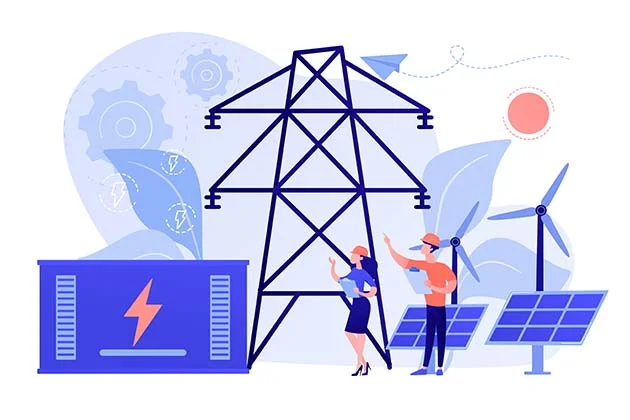Public utilities have historically been considered to be a natural monopoly. This school of thought holds that the most cost-efficient way of doing business is through a single firm because these are capital-intensive businesses with unusually large economies of scale and high fixed costs associated with building and operating the infrastructure, e.g., power plants, telephone lines and water treatment facilities. However, over the past several decades, traditional public utilities’ monopoly position has eroded. For instance, wholesale electricity generation markets, electric transmission networks, electricity retailing and customer choice, telecommunication, some types of public transit and postal services have become competitive in some countries and the trend towards liberalization, deregulation and privatization of public utilities is growing. However, the infrastructure used to distribute most utility products and services has remained largely monopolistic.
Key players in the public utility sector include:
- Generators produce and collect the specific product to be used by customers: for example, electricity or water.
- Network operators (grid operators, regional network operators, and distribution network operators) sell access to their networks to retail service providers, who deliver the product to the end user.
- Traders and marketers buy and sell the actual product and create further complex structured products, combined services and derivatives products. Depending on the product structure, these companies may provide utilities and businesses with a reliable supply of a product like electricity at a stable, predictable price, or a shorter-term supply at a more volatile price.
- Service providers and retailers are the last segments in the supply chain, selling directly to the final consumer. In some markets, final consumers can choose their own retail service provider.
Public utilities must pursue the following objective given the social responsibility their services attribute to them:
- Ensuring services are of the highest quality and responsive to the needs and wishes of patients;
- Ensuring that health services are effectively targeted so as to improve the health of local populations;
- Improving the efficiency of the services so the volume of well-targeted effective services is the widest, given the available resources.
The management of public utilities continues to be important for local and general governments. By creating, expanding, and improving upon public utilities, a governmental body may attempt to improve its image or attract investment. Traditionally, public services have been provided by public legal entities, which operate much like corporations, but differ in that profit is not necessary for a functional business. A significant factor in government ownership has been to reduce the risk that activity if left to private initiative, may be considered not sufficiently profitable and neglected. Many utilities are essential for human life, national defence, or commerce, and the risk of public harm with mismanagement is considerably greater than with other goods. The principle of universality of utilities maintains that these services are best owned by, and operating for, the public. The government and the society itself would like to see these services being economically accessible to all or most of the population.
Furthermore, other economic reasons based on the idea: public services need huge investments in infrastructures, crucial for competitiveness but with a slow return of capital; last, technical difficulties can occur in the management of a plurality of networks, for example in the city subsoil. Public pressure for renewable energy as a replacement for legacy fossil fuel power has steadily increased since the 1980s. As the technology needed to source the necessary amount of energy from renewable sources is still under study, public energy policy has been focused on short-term alternatives such as natural gas (which still produces substantial carbon dioxide) or nuclear power.










